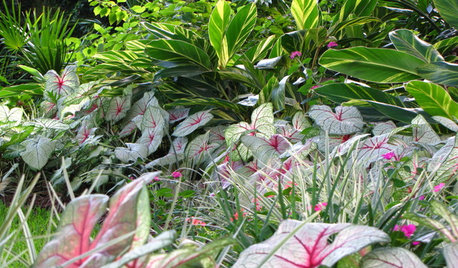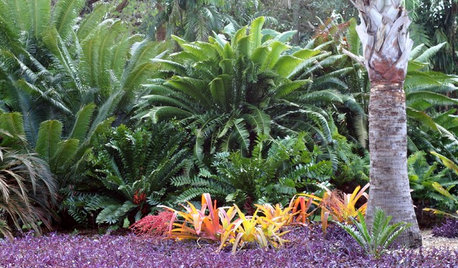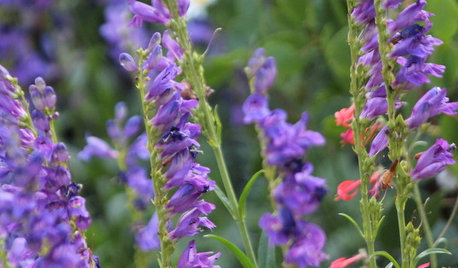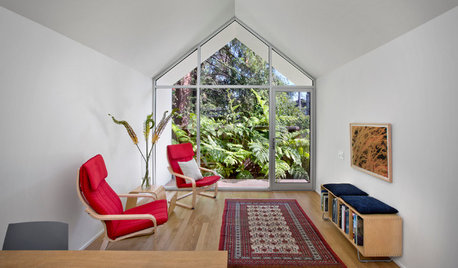Cyathea Cooperi problems
mtilton
19 years ago
Related Stories

LANDSCAPE DESIGNDitch Shade Garden Gloom the Tropical Way
Has your shade garden strayed too far to the dark side? Help it see the light with tropical bulbs, ground covers and even houseplants
Full Story
PLANTING IDEAS8 Design Tricks From Sunny Botanical Gardens
Take a yard from stale to stupendous with ideas from these expertly designed gardens in the U.S. Sunbelt
Full Story
CALIFORNIA GARDENINGCalifornia Gardener's August Checklist
Pick up some great ideas from these travel-inspired plantings, even if your vacation is in your own backyard
Full Story
SMALL SPACESFrom Falling-Down Garage to Tidy Guest Quarters
An unneeded structure makes way for a compact, economical cottage as part of a backyard overhaul in California
Full StorySponsored






deeproots
stephenpope2000uk
Related Professionals
Carlisle Landscape Architects & Landscape Designers · Holly Springs Landscape Architects & Landscape Designers · Otsego Landscape Architects & Landscape Designers · Barrington Landscape Contractors · Centereach Landscape Contractors · North Chicago Landscape Contractors · Naples Roofing & Gutters · Manteca Roofing & Gutters · Arbutus Decks, Patios & Outdoor Enclosures · Fort Lee Decks, Patios & Outdoor Enclosures · Fort Myers Decks, Patios & Outdoor Enclosures · Fort Myers Decks, Patios & Outdoor Enclosures · Midwest City Decks, Patios & Outdoor Enclosures · San Jose Decks, Patios & Outdoor Enclosures · Wilmington Decks, Patios & Outdoor Enclosuresstephenpope2000uk
mtiltonOriginal Author
deeproots
plantfreak
stephenpope2000uk
ScrubbyButtons
mtiltonOriginal Author
phudnall